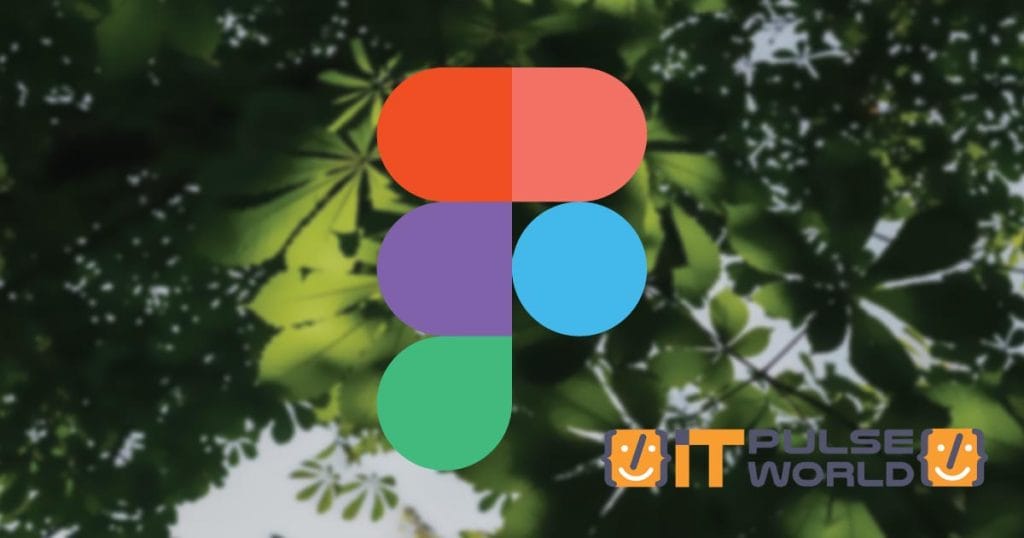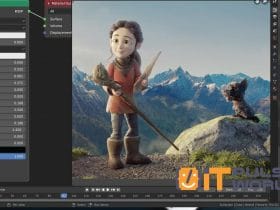Figma: The Future of Collaborative Design and Its Best Alternatives
LATEST POSTS

Figma has established itself as one of the most popular design tools on the market, especially among web and user interface (UI) designers. Its focus on real-time collaboration, cloud-based accessibility, and ability to work seamlessly across multiple platforms makes it an attractive choice for teams and individuals alike. However, as in any industry, it’s always important to explore alternatives to find the tool that best fits your specific needs. In this article, we’ll provide you with a comprehensive overview of Figma and introduce you to some solid alternatives you can consider.
What is Figma, and why is it so popular?
Figma is an interface design and prototyping tool that has quickly gained popularity thanks to its ability to work online, without the need to install software. It is a tool that allows designers to work collaboratively in real time, making it easier to review and edit projects simultaneously, something that is not always possible in other design tools.
Figma Key Features:
- Real-time collaboration: Figma allows multiple users to edit the same file simultaneously, which is ideal for distributed teams.
- Cloud-based: No installation is required, making it easy to access from any internet-connected device.
- Interactive prototyping: This allows you to create interactive prototypes without the need for additional tools.
- Reusable Components – Provides the ability to create reusable components that automatically update when changes are made.
- Versions and Change Control : Maintains a complete history of changes, allowing you to revert to previous versions of a project if necessary.
Advantages of Figma:
- Cross-Platform: Works on any web browser, making it accessible to Windows, macOS, and Linux users.
- Collaboration: Its real-time collaborative functionality is unmatched.
- Integration with other tools: Figma easily integrates with popular tools like Slack, Jira, and Zeplin, making it a one-stop solution for your design workflow.
Despite all these advantages, Figma is not the perfect tool for everyone. Some users might find its advanced features limited or prefer options with a different approach. That is why there are several alternatives to Figma that are also worth considering.
Alternatives to Figma
While Figma has many advantages, it’s important to explore other tools that offer different approaches and functionality. Below are five of the best Figma alternatives for designers:
1. Sketch
Sketch is one of the forerunners in user interface design and remains a very popular choice. It is designed exclusively for macOS, allowing it to be deeply integrated with Apple’s operating system, although its limitation to a single platform can be a disadvantage for teams using different operating systems.
Sketch Key Features:
- Plugins and extensions: Large ecosystem of plugins that extend your capabilities.
- Reusable Components: Similar to Figma, it allows the creation of symbols that can be reused throughout the project.
- Advanced Export: Specific export tools for designers and developers.
Who is it ideal for?
Sketch is a great choice for designers who work exclusively on macOS and value a traditional UI design tool, especially if they’re already familiar with its ecosystem.
2. Adobe XD
Adobe XD is Adobe’s answer to the growing demand for UI design and prototyping tools. As part of the Adobe Creative Cloud suite, it integrates seamlessly with other popular tools like Photoshop and Illustrator.
Adobe XD Key Features:
- Adobe Creative Cloud Integration: Enables seamless file transfer between other Adobe applications.
- Advanced Prototyping: Supports the creation of complex interactions and micro interactions.
- Plugins: Offers a growing collection of plugins that enhance design capabilities.
Who is it ideal for?
Adobe XD is perfect for users who are already immersed in the Adobe ecosystem and are looking for a design and prototyping tool that allows them to leverage their Creative Cloud subscription.
3. InVision Studio
InVision started out as a prototyping tool, but with InVision Studio, the company has entered the full UI/UX design arena. InVision Studio is designed to be a one-stop solution, combining interface creation, advanced animations, and prototyping.
InVision Studio Key Features:
- Advanced Animations: InVision Studio specializes in creating complex animations and micro interactions.
- Prototyping Tools: Advanced support for interactive prototypes.
- InVision Integration: Seamlessly integrates with the InVision ecosystem, facilitating project management and client feedback.
Who is it ideal for?
InVision Studio is ideal for designers who need advanced animation capabilities and are already using other InVision tools.
4. Axure RP
Axure RP is a tool geared towards advanced prototyping . It is used by designers who need to create prototypes with complex logic, detailed workflows, and form validations, making it a great choice for more technical projects.
Axure RP Key Features:
- High-Fidelity Prototyping: Creating interactive prototypes with conditional logic and variables.
- Documentation and specifications: Allows you to generate detailed documentation directly from the prototype.
- Integration with development tools: You can connect with tools like Jira to facilitate the transition from design to development.
Who is it ideal for?
Axure RP is ideal for large, complex projects that require more than just visual design and involve detailed logic and flow.
5. Framer
Framer is a tool designed for those looking to create interactive prototypes with a high level of detail. Its distinguishing feature is that it allows designers to add code to customize interactions and animations, making it a powerful option for those looking for more flexibility.
Framer Key Features:
- Advanced Interactions: Allows you to add code to create custom interactions.
- Intuitive Visual Design: Offers an intuitive interface that makes it easy to create prototypes quickly.
- Collaboration: Collaborative support for distributed teams.
Who is it ideal for?
Framer is ideal for designers who need full control over interactions and are comfortable working with some code to customize their projects.
Conclusion
While Figma remains the go-to choice for many designers thanks to its cloud-based collaboration functionality and cross-platform accessibility, it’s not the only tool on the market. Sketch, Adobe XD, InVision Studio, Axure RP, and Framer are all excellent alternatives that offer different approaches and functionality, catering to different needs and working styles. Ultimately, choosing the right design tool will depend on your personal preferences, your team needs, and the type of projects you work on.
Recommended books on design and prototyping
- «Design Systems» by Alla Kholmatova – A book that explores how to create and maintain effective design systems.
- “Don’t Make Me Think” by Steve Krug – A classic on usability and user-centered design.
- “The Design of Everyday Things” by Don Norman – An essential work to understand the principles of intuitive design.




